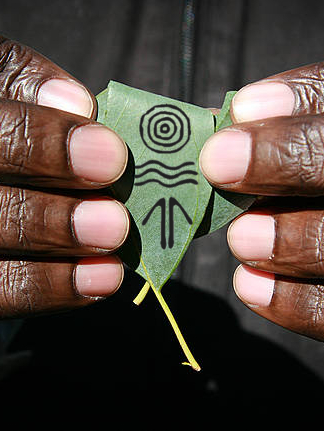Indigenous input for best practice
 Indigenous contributors have launched new best practice guidelines for land and sea management.
Indigenous contributors have launched new best practice guidelines for land and sea management.
More than 100 Indigenous contributors have created the first Indigenous-led guidelines on how to best strengthen and share knowledge in environmental management, in an initiative dubbed ‘Our Knowledge Our Way in caring for Country - Best Practice Guidelines from Australian experiences’.
“These guidelines better value and strengthen Indigenous knowledge holders and the systems that need to be in place to protect Traditional knowledge, in a platform that can be readily accessed by the researchers and the broader community,” said Ricky Archer, CEO of North Australian Indigenous Land and Sea Management Alliance Ltd (NAILSMA) and Djungan man from the Western Tablelands of north Queensland.
The guidelines highlight how Indigenous knowledge is kept strong through access to Country and Indigenous cultural governance of knowledge.
The key guiding principle is that Indigenous people must decide what is best practice in working with Indigenous knowledge.
The guidelines cut across four themes: strengthening Indigenous knowledge; strong partnerships; sharing and weaving knowledge; and Indigenous land and sea networks.
“We need to take the time to listen and show respect for Aboriginal and Torres Strait Islander Peoples' knowledge, culture and Country, and be led by their knowledge,” says Dr Emma Woodward, research scientist at CSIRO.
“We have much to learn from Indigenous Peoples and so much more to achieve by working together.”
The guidelines identify ways that partners can support good knowledge practice, for example, through strong partnership agreements, support for cultural governance arrangements, and protocols.
The case study “Yanama budyari gumada: walking with good spirit at Yarramundi, western Sydney” shows how partnerships work where there is trust founded on mutual respect.
The Darug custodians explain how they are facilitating important connections with other people who connect with Yarramundi, helping them to “sign-in” to Country. They show visitors how to crush up white ochre and blow it out of their mouths to put a handprint on the casuarina trees.








 Print
Print